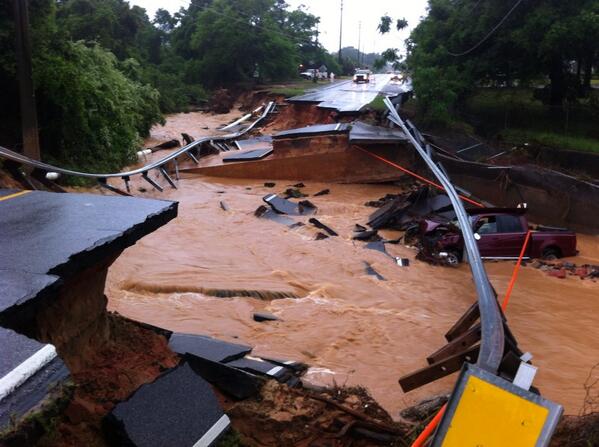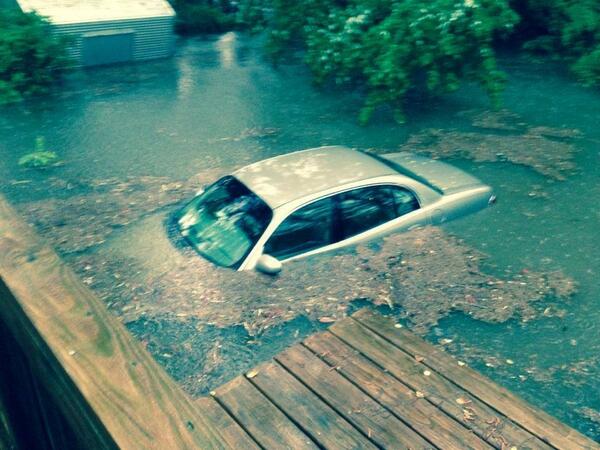
A broken window of the Cliftons' home was caused during possible tornadic activity early Monday morning.
As tornadoes touched down around the southern and midwestern portion of the United States over the past couple of days, Northwest Tennessee also saw its share of hazardous weather.
The Clifton family in the RoEllen community is one Dyer County family that awoke to some intense storm activity on Monday morning.
According to Deitra Clifton, the family's home and a barn received substantial damage during a potentially dangerous storm on Monday morning. Clifton says at approximately 4:30 a.m., she was awakened by a loud roar and the house shaking. She jumped up and yelled for her daughters to get out of bed and saw her bedroom window was shattered.
"As I jumped from my bed I heard another noise and looked back to see our bedroom window bursting and breaking," stated Clifton.
She says the family has a storm shelter on their property and they made a run for it.
"The girls met me at the bottom of the stairs and we made a run for our storm shelter," stated Clifton. "Each girl had their shoes on, clothed (not pajamas), a flashlight, cell phone, charger, and ID."

Monday morning's round of severe weather caused damage to the Clifton family's barns in the RoEllen community in Dyer County.
Clifton says the property did receive severe damage, but they are thankful and blessed it wasn't any worse and they are still alive. She also notes the importance of each family having a safety plan in the event of severe weather.
"Having a plan, sticking to it, being prepared, and acting on it is a must in this area," said Clifton.
Debra Roberson, Northwest Tennessee Chapter of the American Red Cross executive director, added that now is a great time for families to develop and begin practicing a plan of what to do and where to go during a tornado.
"With our frequency of tornadoes here, it is essential each family has a plan on how to respond during severe weather," said Roberson. "Having a plan saves lives and it doesn't take long to develop one."
She adds families should also have an emergency survival kit to use in case of an emergency.
A basic kit should include:
* Water -- one gallon per person, per day (three-day supply for evacuation, two-week supply for home)
* Food -- non-perishable, easy-to-prepare items (three-day supply for evacuation, two-week supply for home)
* Flashlight
* Battery-powered or hand-crank radio (NOAA Weather Radio, if possible)
* Extra batteries
* First-aid kit --
Anatomy of a first-aid kit:
* Medications (seven-day supply) and medical items
* Multi-purpose tool
* Sanitation and personal hygiene items
* Copies of personal documents (medication list and pertinent medical information, proof of address, deed/lease to home, passports, birth certificates, insurance policies)
* Cell phone with chargers
* Family and emergency contact information
* Extra cash
* Emergency blanket
* Map(s) of the area
For more information on dealing with severe weather, visit www.redcross.org




